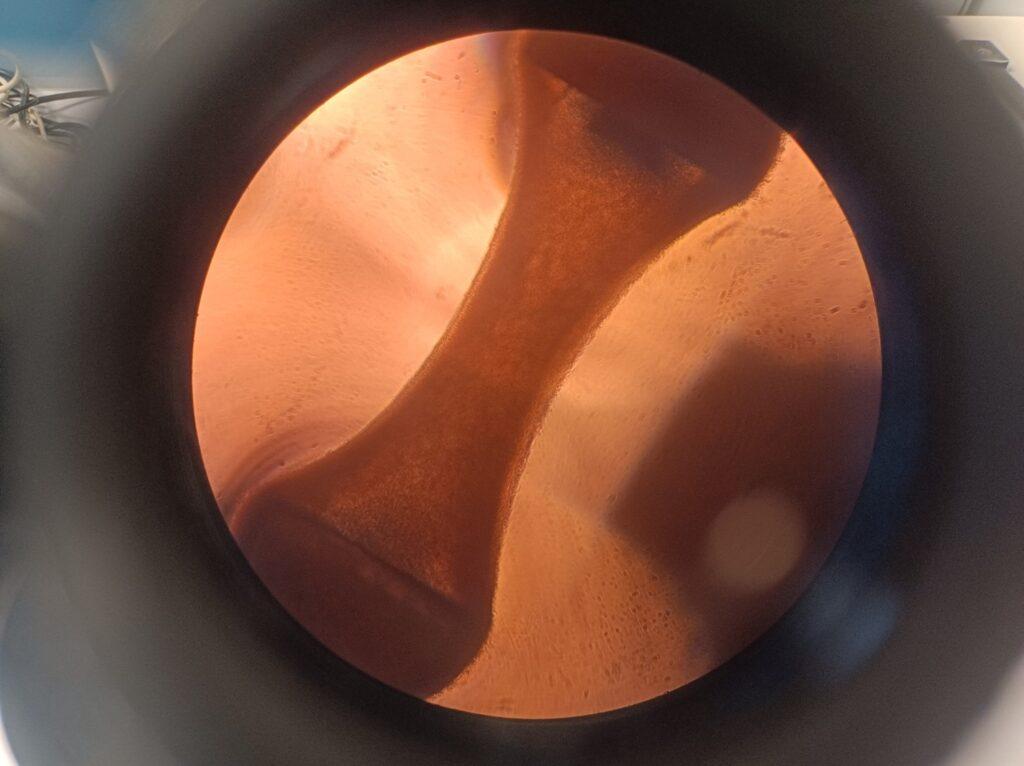The PROMOS project is an innovative example of cross-border cooperation, with the aim of transferring research results to the market and clinical practice. The project’s goal is to develop concrete, replicable and transferable solutions.
As part of this technology transfer process, we will address a significant scientific and technological challenge: recreating the intricate environment of cardiac tissue in vitro.
The human heart is subject not only to contractile force and the pressure of moving blood, but also to rhythmic electrical activity and constant impulses from the autonomic nervous system. Replicating this complex synergy in the laboratory is a significant challenge that we intend to overcome through innovation and a multidisciplinary approach.
This project phase will involve collaboration between two entities with complementary expertise: ICGEB, which has solid experience in creating cardiac tissues from primary animal cells; and EURAC Research, which has refined its skills in using cardiomyocytes and autonomic neurons derived from induced pluripotent stem cells (iPSCs).
The outcome will be a fully human-engineered cardiac tissue composed of the main cell types present in the heart and capable of integrating with the nervous system.
Potential biomedical applications include:
- Modelling cardiovascular diseases, particularly those in which the interaction between the heart and brain plays a critical role, such as malignant arrhythmias and cardiomyopathies associated with an increased risk of sudden death.
- Preclinical pharmaceutical testing: offering an advanced platform. This is used to evaluate the effectiveness of current drugs. It can also be used to test new therapies. At the same time, potential side effects can be analyzed.
To achieve our objectives, we have designed a three-step programme based on collaboration between ICGEB and EURAC Research.
- Through knowledge transfer, ICGEB will support EURAC Research in installing EHT technology and setting up two specialized laboratories to accelerate innovation and development.
- A standardized protocol will be defined to obtain cardiomyocytes, endothelial cells and fibroblasts from human iPSCs and assemble them into engineered cardiac tissue.
- Various innovative strategies will be tested to integrate the nervous system, such as testing different percentages of nerve cells to create a single multicellular tissue and the simultaneous incorporation of different cell types of interest. Another strategy is the possibility of integrating the neuronal component into the engineered cardiac tissue at a later stage through the formation of three-dimensional neuronal structures capable of interacting with the developing cardiac tissue.

